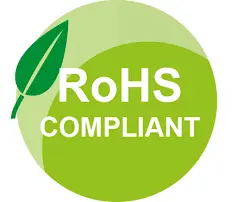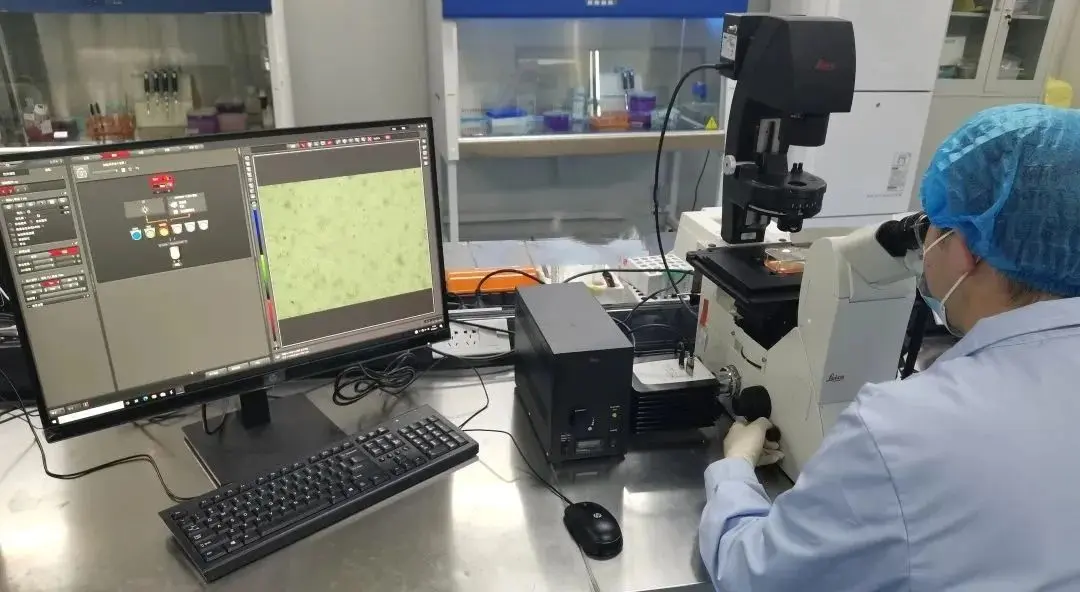
European REACH Requirements for a New Product
reach regulation Requirements
The REACH RegULation ((EC) No.1907/2006) is the European Union regulation concerning the Registration, Evaluation, Authorization, and Restriction of CheMICals, which came into force on June 1, 2007. It is the most complex chemical regulation ever enacted by the EU, aiming to control chemicals and products containing them.
A key focus of REACH is the Candidate List of Substances of Very High Concern (SVHCs), which has undergone multiple updates since REACH was enacted.

According to Article 7(2)of REACH, manufacturers or importers of an article must notify ECHA (European Chemicals Agency)if the following two conditions are met:
1. The total quantity of the SVHC in all articles exceeds 1 ton per year per manufacturer or importer;
2. The concentration of the SVHC in the article exceeds 0.1% by weight.
Introduction to reach certification
What is REACH Certification?
REACH stands for Registration, Evaluation, Authorization, and Restriction of Chemicals. It is a preventive regulatory framework for all chemicals entering the EU market, effective since June 1, 2007.
Originally proposed in the EU Chemical White Paper (2001), REACH became fully operational in early 2007 across all EU member states.
Under Directive 1907/2006/EC, if any substance of very high concern exceeds 0.1%in concentration and the annual import volume exceeds 1 ton, the EU manufacturer or importer must notify the European Chemicals Agency (ECHA).
reach testing Requirements
REACH primarily ensures that consumer products do not contain harmful chemicals.
All daily-use products produced in or imported into the EU—especially textiles—must be registeRED, tested, and approved for harmful substance content. Products exceeding specified limits cannot be soldin the EU market.
Product Scope Covered by REACH Testing
The EU REACH regulation covers around 30,000 chemical substances, approximately one-third of the 100,000chemicals present in the EU market.
Testing is implemented progressively over 3, 6, or 11 years, prioritizing substances that are hazardous or imported in large quantities.
Within the first three years, testing starts with substances produced or imported in quantities of 1 ton per year.
Products containing carcinogenic, mutagenic, or toxic substances for reproductionmust be registered and testedbefore market release.
Purpose of REACH Testing
- Protect human health and the environment
- Maintain and enhance EU chemical industry competitiveness
- Increase transparency of chemical information
- Reduce vertebrate animal testing
- Comply with WTO obligations
Essentially, REACH creates a unified chemical management systemacross the EU, enabling companies to follow consistent principles for producing new chemicals and related products.
Main Contents of REACH Testing
1. Registration
All chemicals with an annual production or import volume of over 1 tonmust be registered.
Substances exceeding 10 tons per yearrequire an additional Chemical Safety Report (CSR).
2. Evaluation
Includes both dossier evaluationand substance evaluation.
- Dossier evaluation checks the completeness and consistency of registration documents.
- Substance evaluation assesses potential risks of chemicals to human health and the environment.
3. Authorization
Applies to the manufacture and import of hazardous substances of high concern, including:
- CMR: Carcinogenic, Mutagenic, or Toxic to Reproduction
- PBT: Persistent, Bioaccumulative, and Toxic substances
- vPvB: Very Persistent and Very Bioaccumulative substances
4. Restriction
If a substance or its mixture/article poses an uncontrolled riskto human health or the environment, its manufacture, marketing, or usewithin the EU may be restricted or banned.
REACH Certification Application Process
How to Apply for REACH Certification
1. EvaluateREACH certification cost and lead time
2. Submitapplication form and provide product samples
3. Returnsigned contract and payment proof
4. Performtesting according to REACH requirements
5. IssueREACH report upon passing the tests
Time Required for REACH Certification
For common products, REACH certification can typically be completed in about 7 days, provided that all samples and documentation are available.
Validity Period of REACH Certification
REACH certification has no fixed expiration date.
As long as the testing standards remain unchanged, the original reach certificate remains valid indefinitely.
Documents Required for REACH Certification
1. 2–3 product samples
2. Testing application form
3. Product user manual
4. Material composition list
Email:hello@jjrlab.com
Write your message here and send it to us
 How to Know If My Product Needs Prop 65 Warning
How to Know If My Product Needs Prop 65 Warning
 SVHC Compliance Services
SVHC Compliance Services
 Toxicological Risk Assessments
Toxicological Risk Assessments
 European REACH Requirements for a New Product
European REACH Requirements for a New Product
 CPSIA Compliance for Toys
CPSIA Compliance for Toys
 What Are CE and WEEE Marks
What Are CE and WEEE Marks
 What Are WEEE Regulations
What Are WEEE Regulations
 California Proposition 65 Testing
California Proposition 65 Testing
Leave us a message
24-hour online customer service at any time to respond, so that you worry!




